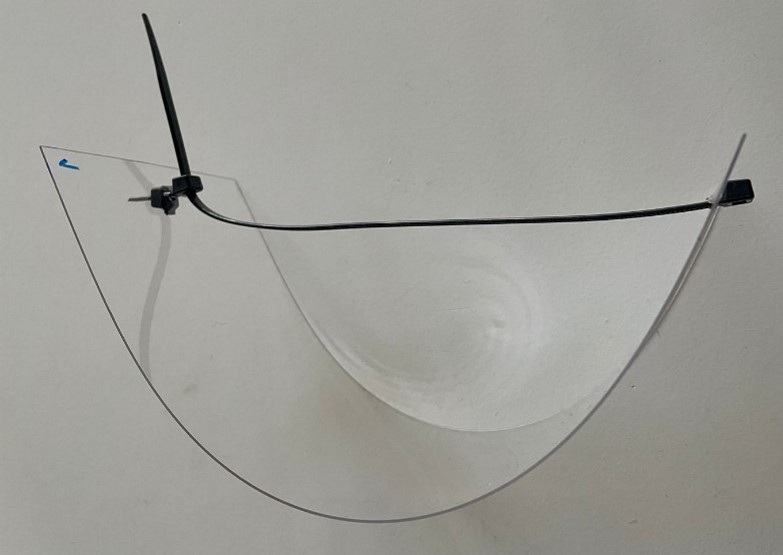Thin Glass Installation
Integrated Design for Glass Projects
DOI:
https://doi.org/10.47982/cgc.9.590Downloads

Abstract
The architectural prominence of glass structures, driven by ongoing innovations in manufacturing and post-processing techniques, reveals the material's remarkable structural potential. Aluminosilicate glass, distinguished by superior strength and flexibility, particularly in comparison to soda lime glass, facilitates the production of ultra-thin glass with thicknesses as low as 25 μm. This has led to the emergence of "thin glass," defined as any glass below 2 mm in thickness. Thin glass, celebrated for its unique attributes, has found diverse applications in industries like automotive and electronics. In architecture, thin glass holds potential for creating complex, lightweight, and transparent architectural structures. This paper addresses the constraints of thin glass in construction and explores optimal bending techniques to maximize its potential through a detailed study of its properties. The current study establishes design guidelines and a computational approach for utilizing cold bent thin glass in the design process. The findings showcase a successful computational method providing tools, design principles, and guidelines for working with single curved cold bent thin glass panels. The paper also examines suitable connection types for thin glass projects, proposing a hinge clamp connection. A case study illustrates the proposed workflow, resulting in a prototype using a 3D-printed approach for the suggested connection design.
Published
Issue
Section
Thin Glass
License
Copyright (c) 2024 Marialena Toliopoulou, James O'Callaghan, Paul de Ruiter

This work is licensed under a Creative Commons Attribution 4.0 International License.



